
Hollywood, the glittering dream factory, often sells us narratives of on-screen magic, effortless chemistry, and the seamless collaboration of brilliant minds. We see the final, polished product, the dazzling performances, and the compelling stories, and we assume a harmonious creative process behind the scenes. However, just like any workplace, the entertainment industry is not immune to personality clashes, intense rivalries, and deeply entrenched animosities that can make working together an absolute nightmare.
Indeed, for many actors, the line between professional disagreement and personal disdain can become blurred, leading to situations where a simple “cut!” doesn’t end the drama. Over the years, countless stories have emerged from the sets of beloved films and television shows, revealing simmering tensions, explosive arguments, and outright refusals by stars to share the screen, or even the same room, with their co-workers ever again. These behind-the-scenes battles often shape the trajectory of careers, influence casting decisions, and sometimes, ironically, contribute to the very legend of the projects they were born from.
In this comprehensive look, we pull back the curtain on some of the most infamous Hollywood feuds, examining the specific incidents, the cutting remarks, and the stubborn resolve that led these major stars to flat-out refuse to work with each other again. From comedic legends clashing over acting styles to dramatic titans engaged in decades-long cold wars, prepare to dive into the unseen drama that proves even the biggest stars can have a coworker they just can’t stand.
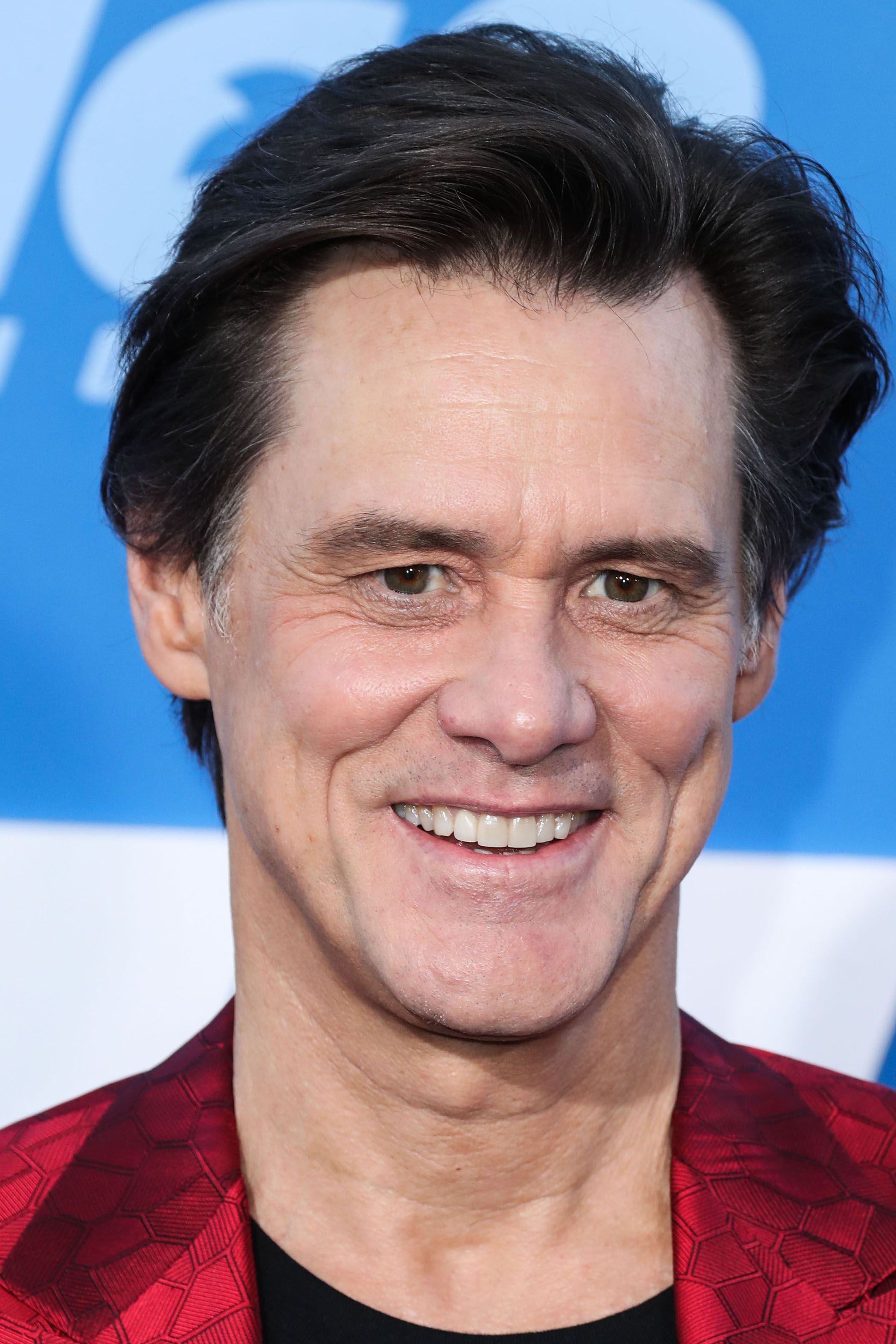
1. **Jim Carrey and Tommy Lee Jones**When Jim Carrey stepped into the role of the Riddler for “Batman Forever,” he was undeniably at the peak of his comedic prowess, bringing his signature slapstick energy to the big screen. His co-star, Tommy Lee Jones, who portrayed the menacing Harvey “Two-Face” Dent, harbored a profound distaste for Carrey’s flamboyant style, a sentiment that became glaringly apparent on set. This wasn’t merely a difference in acting approaches; it was a fundamental clash of personalities and professional philosophies, with Jones reportedly finding Carrey’s improvisational, physical comedy antithetical to his own more grounded and intense methods.
Director Joel Schumacher publicly acknowledged the tension, telling Entertainment Weekly in 1996 that “Jim Carrey was a gentleman, and Tommy Lee was threatened by him.” Schumacher’s candid admission, “I’m tired of defending overpaid, over-privileged actors,” underscored the difficulty of managing two formidable talents whose on-set dynamic was anything but harmonious. The friction was so palpable that it extended beyond the immediate filming environment, becoming an open secret within the production and a topic of conversation for years afterward.
The animosity reached a particularly uncomfortable peak when Carrey recounted a run-in with Jones at a restaurant the night before they were scheduled to film a scene together. Approaching Jones’ table to offer a friendly greeting, Carrey was met with an icy reception. “He got up, kind of shaking, and hugged me and said, ‘I hate you. I really don’t like you,'” Carrey revealed to Howard Stern. The stark declaration left Carrey stunned, prompting him to ask about the reason for such intense dislike. Jones’ infamous reply, “I cannot sanction your buffoonery,” perfectly encapsulated his disdain for Carrey’s comedic antics, leaving no doubt about his professional and personal contempt.
Read more about: Beyond the Marquee: Unpacking 15 Infamous Co-Star Clashes That Rocked Hollywood’s Biggest Sets
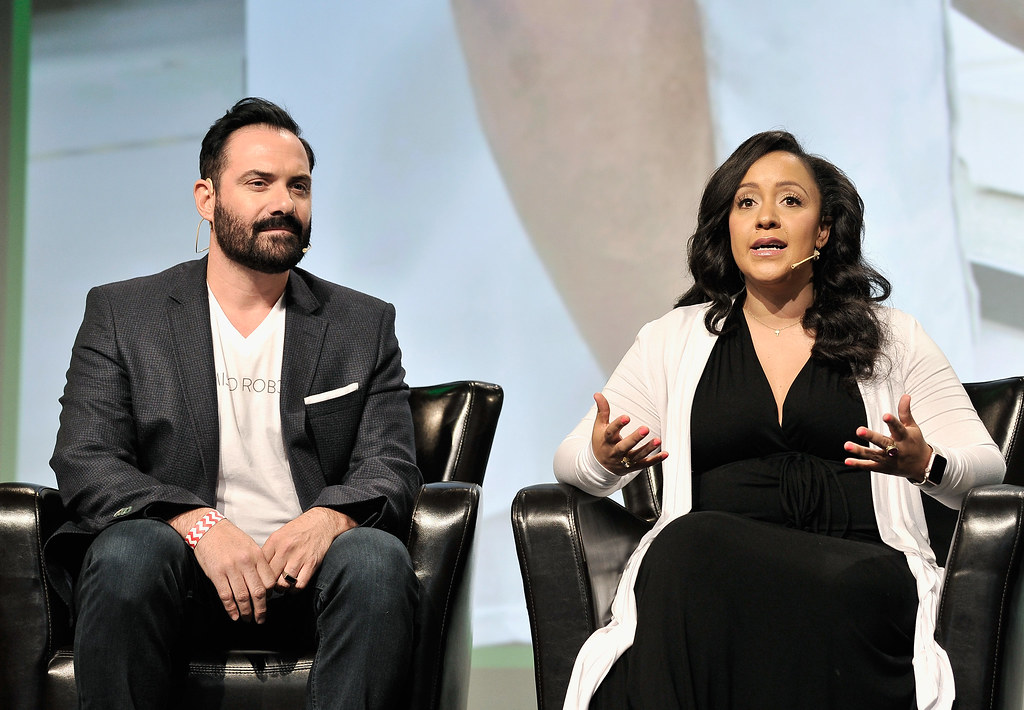
2. **Julia Roberts and Nick Nolte**The 1994 romantic comedy “I Love Trouble” brought together two of Hollywood’s most compelling screen presences, Julia Roberts and Nick Nolte, in what should have been a chemistry-fueled hit. However, behind the cameras, their interactions were anything but romantic or comedic. The duo reportedly did not get along from the very beginning of production, and their palpable lack of rapport translated directly onto the screen, where audiences could sense an underlying tension that undermined the film’s intended lightheartedness.
The quarreling between Roberts and Nolte became so intense and disruptive that director Charles Shyer was forced to resort to unusual filming techniques to maintain some semblance of order and progress. To minimize direct interaction and mitigate the constant arguments, Shyer occasionally filmed their scenes separately, stitching them together in post-production. This logistical workaround speaks volumes about the severity of their mutual dislike, as it necessitated significant extra effort and creative editing to complete the film.
Roberts did not mince words when discussing her experience with Nolte, telling the New York Times that he was “completely disgusting” and seemed to actively “go out of his way to repel people.” Not one to back down, Nolte retaliated with equal fervor, quipping, “It’s not nice to call someone ‘disgusting.’ But she’s not a nice person. Everyone knows that.” Their feud was not merely a fleeting on-set spat; it lingered for years, evidenced by Roberts’ profanity-laden impression of a former co-star, later confirmed to be Nolte, during a 2009 appearance on “The Late Show,” proving that some wounds run deep and refuse to heal.
Read more about: Beyond the Marquee: Unpacking 15 Infamous Co-Star Clashes That Rocked Hollywood’s Biggest Sets

3. **Will Smith and Janet Hubert**Dedicated fans of “The Fresh Prince of Bel-Air” are well aware of the curious mid-series recasting of Aunt Vivian, a change that sparked much speculation but whose true origins remained contentious for years. Janet Hubert originated the role, bringing a sharp wit and dignified presence to Aunt Viv until 1993, when she was abruptly replaced by Daphne Reid. The shift was more than a mere casting adjustment; it was the result of a profound and acrimonious falling out between Hubert and her younger co-star, Will Smith.
Accounts from various show insiders, as well as Hubert herself, paint a picture of a challenging set environment where Hubert felt targeted. She openly accused Smith and other younger cast members, including Alfonso Ribeiro, of being “needlessly cruel” to her. Hubert’s powerful statement, “[Smith did] some heinous, horrible things to me — they were like bad kids, Will and Alfonso,” highlighted her perception of a deeply toxic workplace where she was subjected to bullying and disrespect, ultimately leading to her unceremonious departure.
Smith, for his part, offered a different perspective in a 1993 Atlanta radio interview, alleging that Hubert had a consistently “bad attitude” during filming and dismissing her claims by stating, “No matter what, to her I’m just the Antichrist.” However, Hubert remained steadfast in her resentment, telling TMZ in 2011 that she would “never do anything with an a*****e like Will Smith,” and that “He is still an egomaniac and has not grown up.” This declaration solidified the permanent rift between them, making any notion of a reunion, especially for a new project, utterly impossible for Hubert.
Read more about: Beyond the Marquee: Unpacking 15 Infamous Co-Star Clashes That Rocked Hollywood’s Biggest Sets
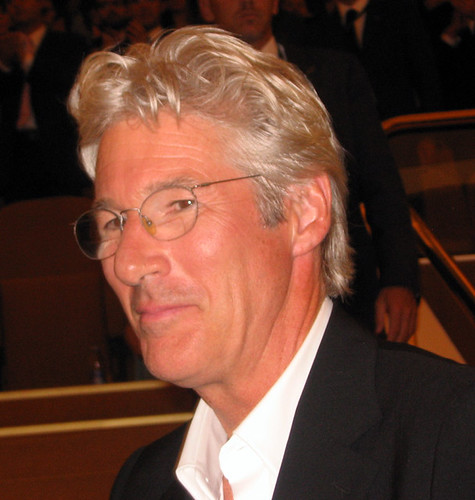
4. **Richard Gere and Sylvester Stallone**The long-standing and often whispered-about animosity between Richard Gere and Sylvester Stallone remained largely a mystery for years until Stallone himself shed light on the origins of their feud. In a 2006 Q&A session with Ain’t It Cool News, Stallone confirmed that Gere had originally been cast in the lead role of Chico in the 1974 coming-of-age drama “The Lords of Flatbush.” However, their collaboration was doomed from the start, as the two actors clashed immediately and intensely during filming.
Stallone vividly recalled Gere’s behavior on set, describing him as a “complete jerk.” The incidents that fueled Stallone’s animosity included Gere allegedly getting too rough during fight rehearsals and, more infamously, deliberately spilling greasy chicken all over Stallone’s pants. These seemingly minor provocations accumulated, creating an unbearable tension between the two actors that swiftly escalated beyond professional disagreement into personal animosity, making continued work together impossible. The environment became so untenable that a choice had to be made, and it was a definitive one.
“The director had to make a choice: one of us had to go, one of us had to stay,” Stallone explained, confirming the ultimatum that led to Gere’s swift exit from the production, replaced by Perry King. Stallone concluded by stating that Gere “to this day seriously dislikes me,” and even attributed a bizarre “gerbil rumor” to Stallone, a claim he denied. This early career clash set the stage for a decades-long cold war between the two stars, ensuring that their paths would never professionally cross again after that tumultuous initial encounter.
Read more about: Beyond the Marquee: Unpacking 15 Infamous Co-Star Clashes That Rocked Hollywood’s Biggest Sets
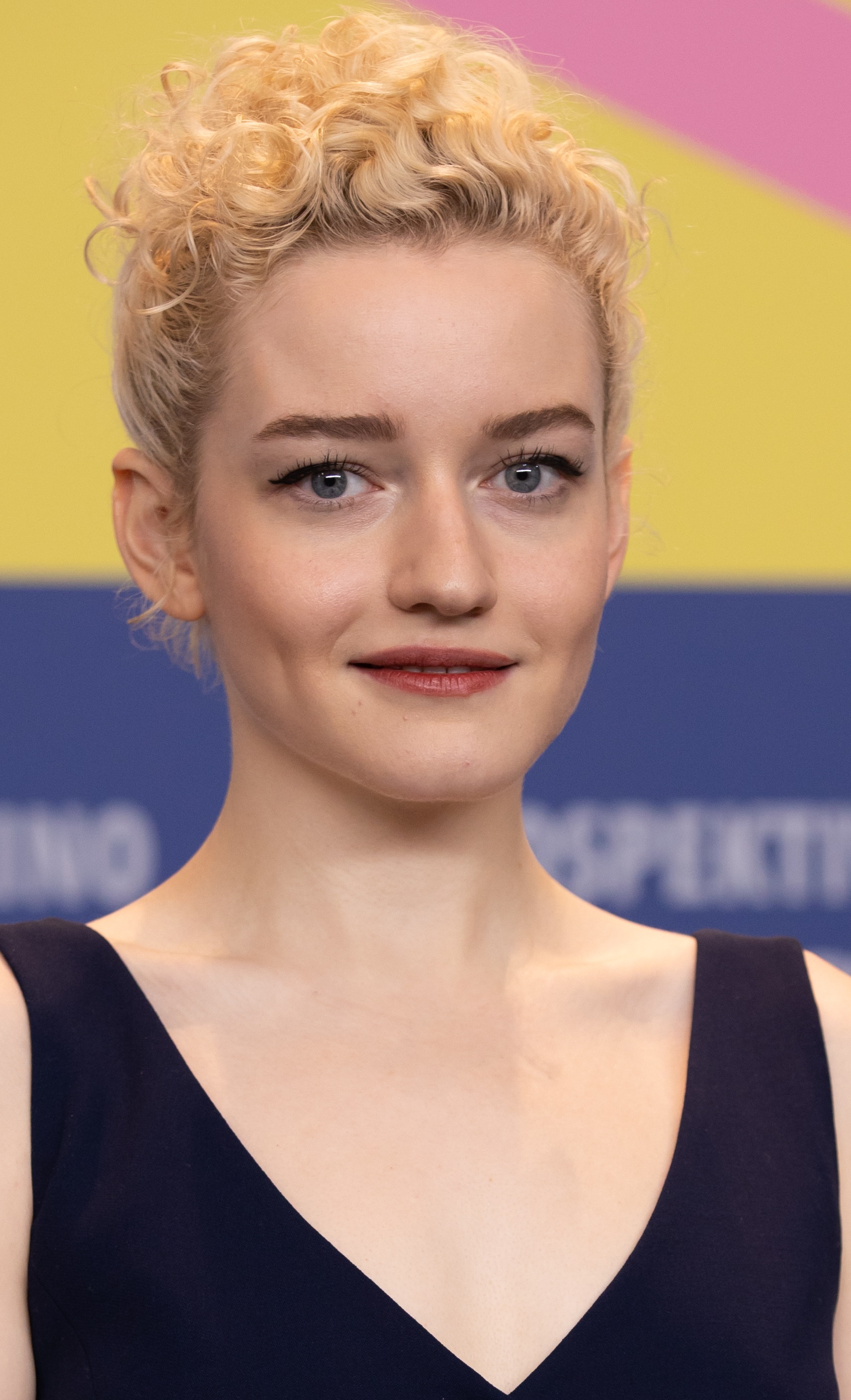
5. **Julianna Margulies and Archie Panjabi**On the set of the critically acclaimed CBS legal drama “The Good Wife,” a particularly perplexing and long-running feud unfolded between its lead stars, Julianna Margulies and Archie Panjabi. While their on-screen characters, Alicia Florrick and Kalinda Sharma, were once integral friends whose dynamic drove much of the show’s early narrative, their real-life counterparts notoriously became estranged. The animosity between the actresses grew to such a degree that it began to directly impact the production, creating an unusual logistical challenge for the showrunners.
For a staggering 51 episodes, the two actresses were reportedly never filmed together, despite their characters’ continued presence in the same fictional world. Most of the crucial on-screen communication between Alicia and Kalinda was handled through phone calls, a creative workaround that became increasingly noticeable to dedicated viewers. This unprecedented separation in filming suggested a deeply ingrained professional rift, indicating that the actresses simply could not, or would not, share the same physical space on set, forcing the production to adapt dramatically.
When Panjabi eventually departed the series, a final scene was orchestrated for Alicia and Kalinda, a moment highly anticipated by fans hoping for a genuine on-screen reunion. However, even this farewell was a testament to their enduring feud: the actresses filmed their respective parts of the scene separately, which were then meticulously stitched together using green screen and CGI technology. This digital manipulation to create the illusion of shared space underscored the severity of their real-life animosity, making it abundantly clear that working together, even for a single, pivotal scene, was an impossibility, serving as a stark example of a professional relationship fractured beyond repair.
Read more about: Beyond the Marquee: Unpacking 15 Infamous Co-Star Clashes That Rocked Hollywood’s Biggest Sets
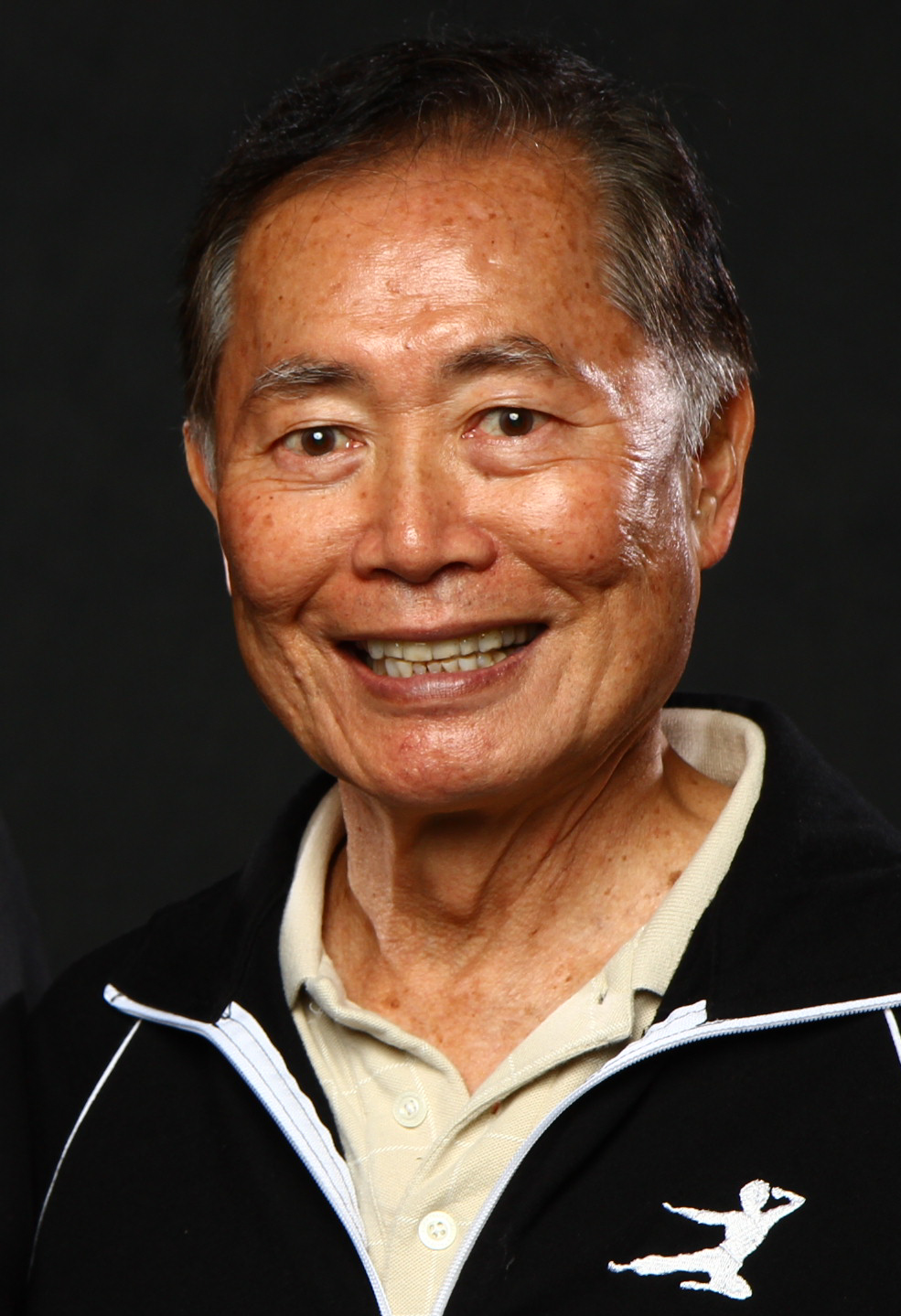
6. **William Shatner and George Takei**One of Hollywood’s most enduring and publicly debated feuds is the decades-long animosity between “Star Trek” icons William Shatner and George Takei. Their conflict reportedly originated on the set of the original series, where disagreements over screen time and close-ups fueled an initial spark of resentment. Takei, who portrayed Lt. Sulu, has consistently characterized Shatner, Captain Kirk himself, as “not a team player,” alleging a self-centered approach to his work that marginalized his co-stars and created a difficult working environment.
Shatner, however, has often dismissed Takei’s grievances, claiming to barely know his lieutenant and, at times, questioning Takei’s mental state. “It’s so painfully obvious that there’s a psychosis there,” Shatner once remarked, adding, “I don’t know what his original thing about me was, I have no idea … I literally don’t know him. I didn’t know him very well on the series.” This public dismissal of Takei’s perspective only served to further inflame the long-standing tensions, reinforcing the perception of Shatner’s aloofness and disregard for his former colleague’s feelings.
Takei, conversely, asserts a much deeper familiarity with Shatner than the latter cares to admit. During a weeklong stint on “The Howard Stern Show,” Takei recounted a particularly egregious incident where Shatner allegedly refused to join other original cast members on stage for James Doohan’s (Scotty) last-ever convention appearance, reportedly dismissing the ailing actor’s condition as “Alzheimer’s crap.” Takei condemned this as “[a] monstrous statement,” highlighting it as another instance of Shatner’s perceived self-centeredness and unprofessional behavior, solidifying his long-held view that any genuine future collaboration, even for memorial purposes, was out of the question.
Read more about: Beyond the Marquee: Unpacking 15 Infamous Co-Star Clashes That Rocked Hollywood’s Biggest Sets
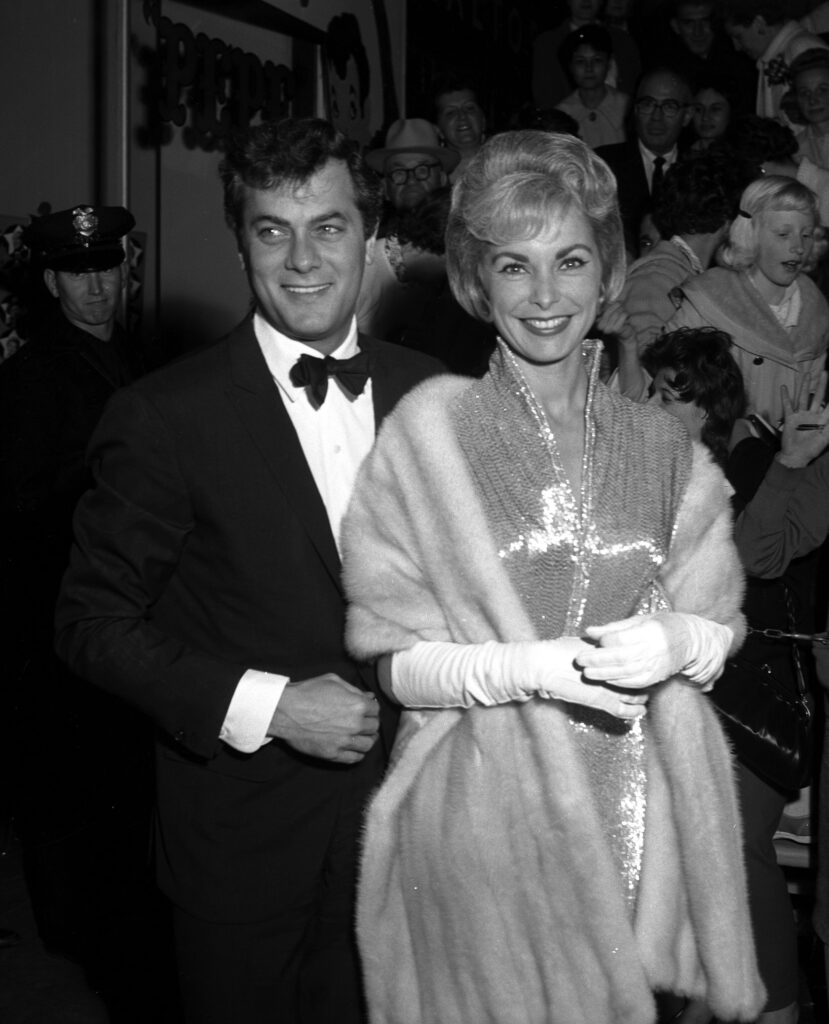
7. **Tony Curtis and Marilyn Monroe**”Some Like It Hot” is widely celebrated today as a timeless comedy masterpiece, yet its production was far from a joyous experience for many involved, particularly for stars Tony Curtis and Marilyn Monroe. Monroe, a legendary but often challenging figure, was notorious for causing significant disruptions on set. Her erratic behavior, chronic lateness, and a reported addiction to pills at the time led to considerable delays, wasted production time, and substantial financial drains, making every day of filming an uphill battle for the cast and crew, who waited endlessly for her arrival and readiness.
Monroe’s struggles with her lines were a major source of frustration, with reports suggesting she sometimes required anywhere from 35 to 40 takes just to deliver her dialogue correctly. This stark contrast to co-stars Curtis and Jack Lemmon, who reportedly used to place bets on how many takes Monroe would need, highlighted the immense pressure and tedium imposed by her professional difficulties. The grueling repetition undoubtedly tested the patience of everyone involved, pushing the limits of the production schedule and the temperaments of her fellow actors.
The breaking point for Curtis arrived during the re-filming of a crucial kissing scene, which became emblematic of the difficulties of working with Monroe. His exasperation was laid bare when, during an early screening of the film, he was asked what it was like to kiss Monroe. His glib and now-infamous reply—”[it was] like kissing Hitler!”—revealed the depths of his professional and personal disdain. This cutting remark, while perhaps a hyperbolic expression of his on-set frustration, underscored the complete absence of chemistry and the profound animosity that had developed between the two iconic actors during the making of what would become one of cinema’s most beloved comedies, firmly establishing a professional boundary for any future collaborations.
Stepping further into the often-murky waters of Hollywood relationships, we uncover more profound rivalries and deeply entrenched animosities that have shaped careers and productions in extraordinary ways. These aren’t just minor spats; they are tales of irreconcilable differences, public accusations, and even studio interventions, leading to professional separations that sometimes spanned decades. The intensity of these conflicts reveals the human drama at the heart of the entertainment industry, where personal feelings can dramatically alter professional trajectories.
These next seven stories delve into instances where animosity became so palpable that it necessitated drastic measures, from casting changes to creative workarounds, and in some cases, a permanent refusal to ever share a set again. Each account offers a unique insight into the fragile ecosystem of celebrity collaboration, proving that even the brightest stars can find themselves unwilling to coexist professionally.
Read more about: Beyond the Marquee: Unpacking 15 Infamous Co-Star Clashes That Rocked Hollywood’s Biggest Sets
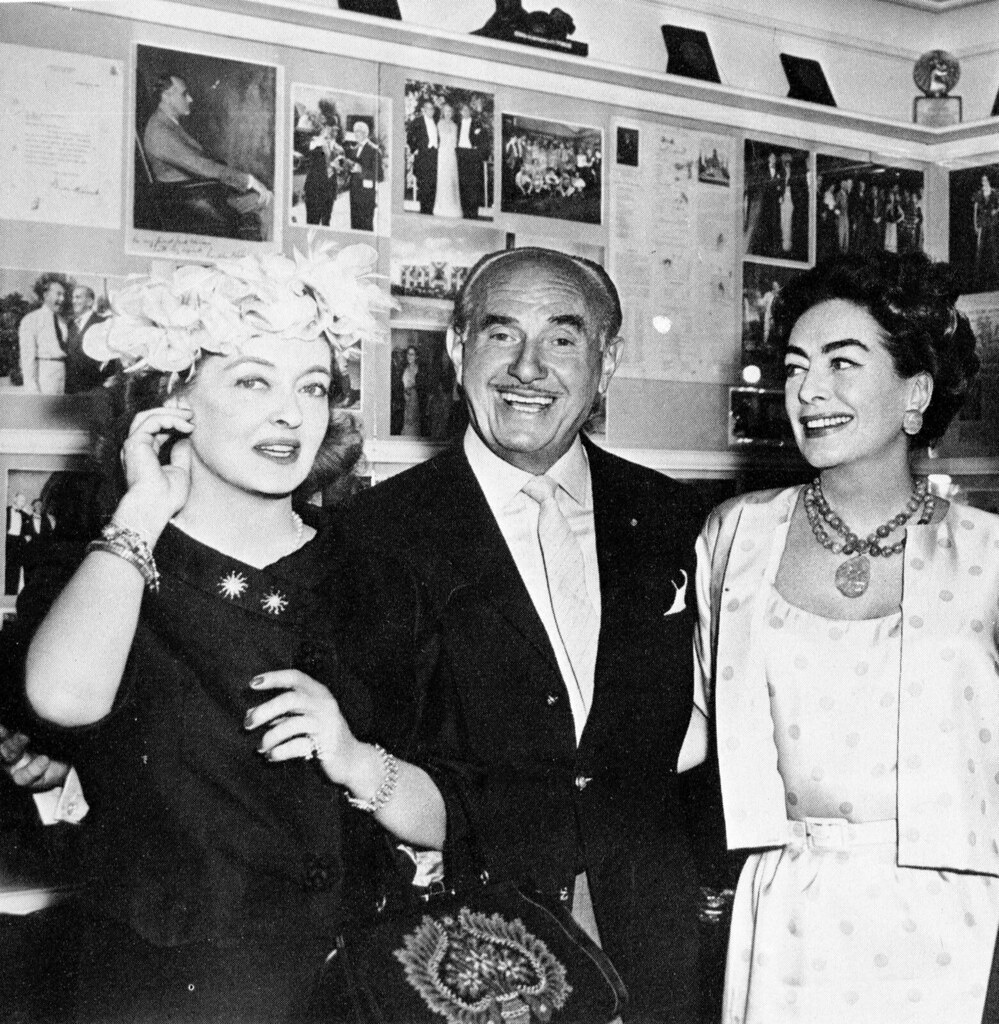
8. **Bette Davis and Joan Crawford**The rivalry between Bette Davis and Joan Crawford is legendary, a feud so iconic it became the subject of television series. Their animosity simmered for decades, dating back to the 1930s when Davis developed feelings for her “Dangerous” co-star Franchot Tone. Crawford, however, ended up marrying Tone shortly after the film wrapped, sparking a deep-seated resentment in Davis that would last a lifetime and manifest in numerous cutting remarks.
Davis famously quipped that Crawford “slept with every male star at MGM except Lassie,” a statement that perfectly encapsulated the biting personal animosity between the two screen queens. This wasn’t merely professional competition; it was a deeply personal vendetta, fueled by perceived slights and professional jealousies that were meticulously documented and frequently played out in the public eye, creating one of Hollywood’s most enduring rivalries.
The animosity reached its fever pitch when the two titans were forced to co-star in the 1960s psychological thriller “What Ever Happened to Baby Jane?” The film, ironically about two antagonistic aging sisters, provided a perfect backdrop for their real-life hatred to fester. When only Davis received an Oscar nomination for her role, Crawford, seething with anger, actively campaigned against Davis and strategically stole the spotlight at the ceremony by accepting the award on behalf of the absent winner, Anne Bancroft. This public display of one-upmanship cemented their mutual loathing.
The depth of Davis’s rage was starkly illustrated at an Oscars after-party, as recalled by producer William Frye. Davis, filling a glass with Scotch to the brim, declared it was for Crawford. When informed that Crawford drank vodka, Davis’s response was chilling: “I don’t care what she drinks. This is going into her [expletive] face.” This anecdote underscores the profound, irreconcilable differences that made any future collaboration between them an impossibility.
Read more about: The Golden Age Titans: 7 Studio Bosses Who Mastered Hollywood’s Power System Through the 1950s
9. **Robert De Niro and Mickey Rourke**The prospect of Mickey Rourke joining Martin Scorsese’s crime epic “The Irishman” alongside other Hollywood legends was tantalizing, but according to Rourke, it was swiftly quashed by one of the film’s biggest stars. Rourke claims that Robert De Niro flat-out refused to work with him, effectively blocking his inclusion in the film. This rejection was particularly painful for Rourke, who revealed to an Italian TV show that he was “broke” at the time, making the lost opportunity even more devastating.
Rourke’s problems with De Niro, he asserts, stemmed from an uncomfortable encounter on the set of their 1987 psychological horror movie “Angel Heart.” Rourke, who had idolized De Niro, recounted approaching him to introduce himself. Instead of a warm greeting, De Niro allegedly told him, “I think it’s better if we don’t talk because of [our] characters in the movie. It’s better if we don’t say hello, talk or anything.” This seemingly professional distance felt like a personal snub to Rourke, hurting his feelings and laying the groundwork for future animosity.
While producers for “The Irishman” denied Rourke’s claims, stating he “was never asked to be in ‘The Irishman’ nor was he ever even thought of, discussed or considered to be in the movie,” Rourke’s belief in De Niro’s role in his exclusion highlights the personal impact of these long-standing feuds. Whether a direct refusal or an unspoken preference, the outcome for Rourke was the same: a permanent professional separation from a revered actor he once looked up to, showcasing how deep-seated issues can manifest years later.
Read more about: Beyond the Marquee: Unpacking 15 Infamous Co-Star Clashes That Rocked Hollywood’s Biggest Sets
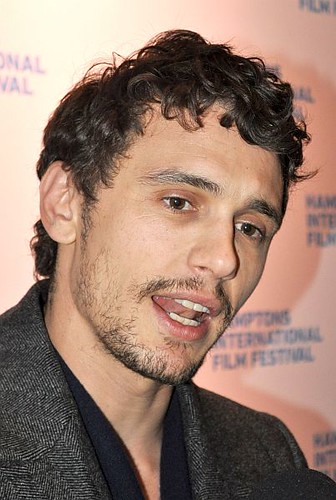
10. **James Franco and Tyrese Gibson**The 2006 military drama “Annapolis” promised an intense look at the U.S. Naval Academy, but off-screen, a different kind of intensity unfolded between co-stars James Franco and Tyrese Gibson. The film’s plot, centered around a boxing tournament, unfortunately bled into their real-life interactions when Franco took method acting to an extreme. Gibson alleged that Franco would actually land his punches during boxing scene rehearsals, going far beyond what was professionally acceptable.
Gibson repeatedly asked Franco to lighten up, explaining to Elle that he was constantly telling him, “James, lighten up, man. We’re just practicing.” However, Franco reportedly “never lightened up,” leading to a deeply uncomfortable and physically jarring experience for Gibson. While Franco later admitted to GQ that he was “probably a jerk” at the time, this post-hoc acknowledgment wasn’t enough to mend the damage done on set, underscoring the severe impact of unmanaged acting styles on co-star relations.
The lingering resentment was evident years later. In a 2007 interview with Playboy, Gibson unequivocally stated, “I never want to work with him again, and I’m sure he feels the same way. It felt very personal. It was [messed] up.” This declaration solidified a permanent professional separation between the two actors, demonstrating how a misguided approach to a role can create irreconcilable differences and ensure that future collaborations are flat-out refused.
Read more about: Beyond the Marquee: Unpacking 15 Infamous Co-Star Clashes That Rocked Hollywood’s Biggest Sets

11. **Tom Hardy and Charlize Theron**George Miller’s “Mad Max: Fury Road” was a critical and commercial triumph, a masterpiece of action filmmaking. Yet, behind the scenes, the production was fraught with intense tension, particularly between its two lead stars, Tom Hardy and Charlize Theron. Despite their characters, Max and Furiosa, creating undeniable on-screen magic, the real-life dynamic between the actors was severely strained, to the point of requiring a producer to act as a mediator.
The friction reached a terrifying peak when Hardy arrived late to set one day, prompting Theron to confront him in front of the crew. According to camera operator Mark Goellnicht, Hardy reacted aggressively, storming over to Theron. “He was quite aggressive,” Goellnicht recounted, leading Theron to feel genuinely threatened. This incident marked a turning point, as Theron subsequently demanded a dedicated producer for protection, someone to be with her at all times on set, highlighting the drastic measures taken to manage the uncooperative talent.
This alarming breakdown in their working relationship necessitated extreme intervention from the studio to ensure the film’s completion. Both actors have since expressed regret over their behavior during the tumultuous production, acknowledging the difficulty of the environment. However, despite their eventual reconciliation and the film’s success, they have consistently avoided working together since, a clear indicator that the profound animosity and professional challenges of “Fury Road” led to a permanent separation in their collaborative paths.
Read more about: Lights, Camera, Silence: 12 Famous Duos Who Said ‘Cut!’ to Friendship After Filming Wrapped
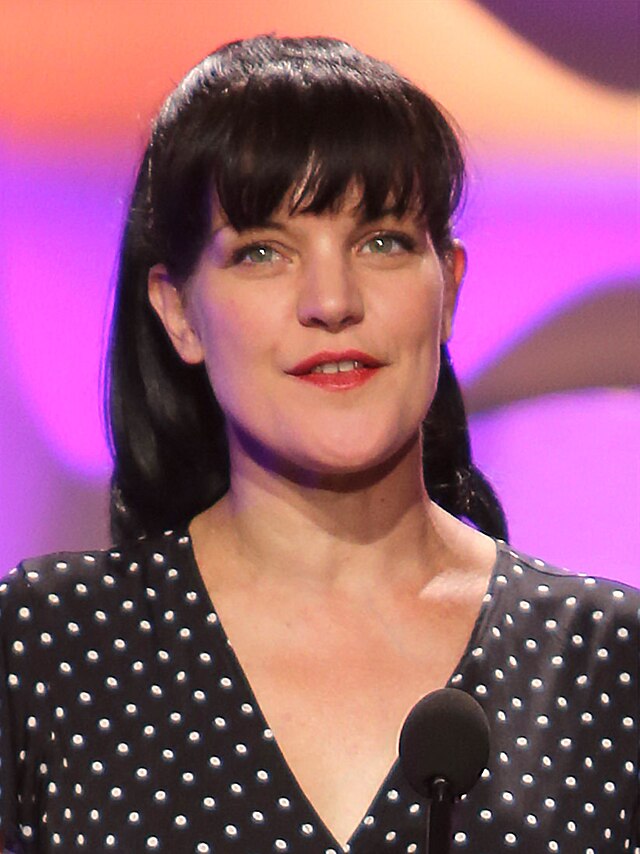
12. **Pauley Perrette and Mark Harmon**The sudden departure of fan-favorite Pauley Perrette from “NCIS” after 15 seasons as forensic scientist Abby Sciuto left many viewers puzzled, but the actress herself later shed light on the terrifying reasons behind her exit. Perrette publicly stated that she would “never return” to the CBS procedural because she was “terrified of Harmon and him attacking me,” further revealing that she experienced “nightmares about it.” Her allegations pointed to a deeply toxic and unsafe work environment.
Perrette’s cryptic but powerful tweets alluded to “multiple physical assaults” and a “very powerful publicity machine” working to silence her. While she didn’t provide specific details about the alleged attacks, a story from 2016 re-emerged, suggesting the animosity began when Mark Harmon, who played Special Agent Leroy Jethro Gibbs, continually brought his dog to set despite it having bitten a crew member. Perrette was reportedly the only one brave enough to confront him about it.
The fallout from this conflict was so severe that it impacted the show’s production directly. Perrette and Harmon reportedly started shooting on different days to avoid any contact, and notably, Abby Sciuto’s final episode lacked a face-to-face goodbye with Harmon’s character, despite his long-standing role as a father figure to her. This logistical workaround served as a stark, on-screen testament to the irreconcilable differences and the permanent professional separation that resulted from the profound rivalry and alleged unsafe conditions on set.
Read more about: Behind the Scenes: 14 Major Actors Who Flat-Out Refused to Work Together in Hollywood
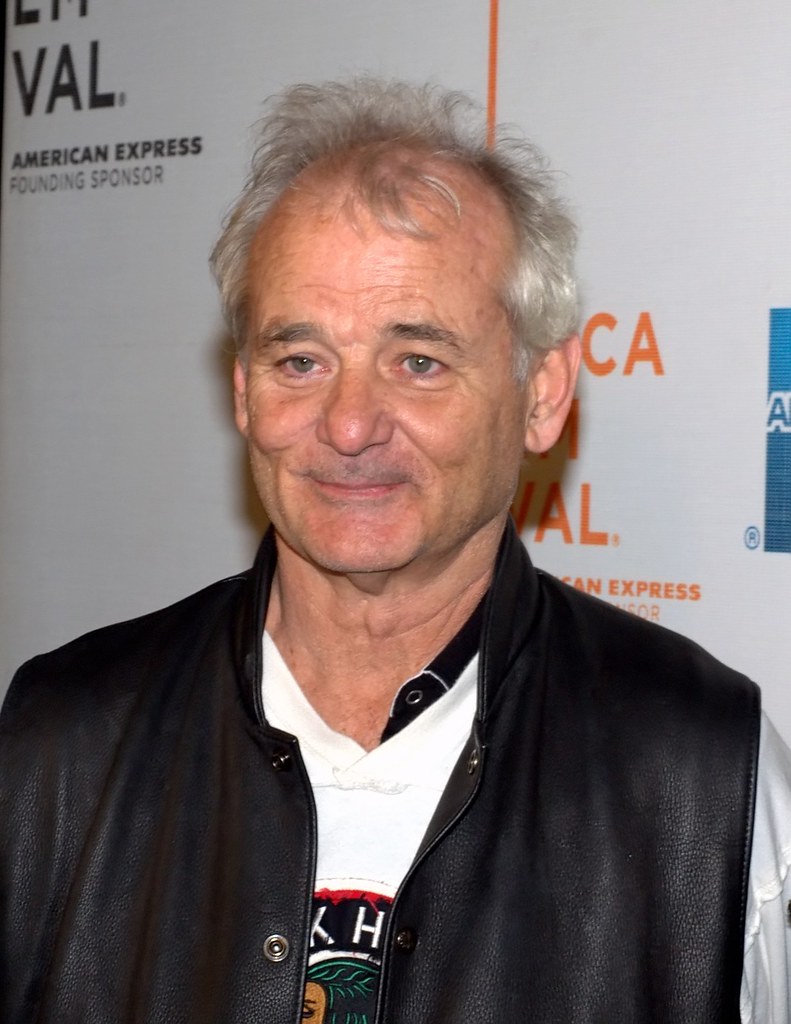
13. **Bill Murray and Harold Ramis**The comedic partnership of Bill Murray and Harold Ramis, best known for their work in “Ghostbusters,” extended to many other projects, with Ramis often casting his close friend Murray in lead roles. Their bond seemed unbreakable, but the production of the 1993 comedy “Groundhog Day” created a deep and lasting rift that tested their friendship for two decades. The problems stemmed from creative disagreements, with Murray and Ramis clashing over the film’s direction, generating significant tension on set.
Ramis recounted the difficulties to The New Yorker, noting that Murray was at times “just really irrationally mean and unavailable” and “constantly late on set.” He expressed a desire to tell Murray what they tell children: “You don’t have to throw tantrums to get what you want. Just say what you want.” This professional friction severely impacted their personal relationship, leading to Murray completely ceasing communication with Ramis after the film wrapped.
Their profound rivalry, born from creative differences and Murray’s challenging on-set behavior, resulted in a long and painful separation that spanned twenty years. Although Ramis’s daughter, Violet, revealed in her book “Ghostbuster’s Daughter: Life with My Dad, Harold Ramis” that the two friends did manage to reconcile shortly before Ramis’s death in 2014, their story stands as a powerful example of how even the strongest friendships can be fractured by intense professional disputes, highlighting the fragility of long-standing collaborations in Hollywood.
Read more about: Hollywood’s Seismic Shifts: 11 Films That Didn’t Just Make History, They Rewrote the Entire Movie Rulebook
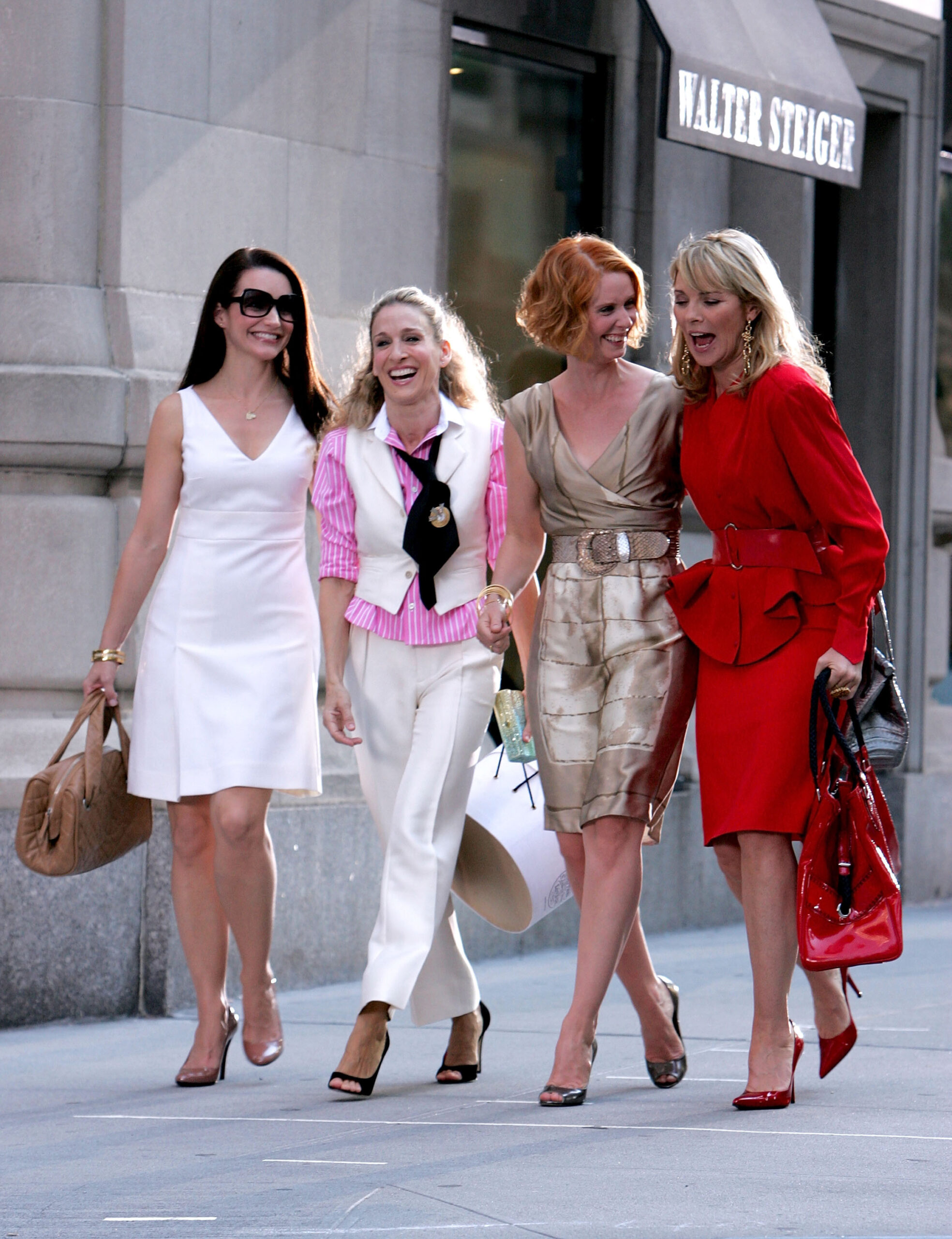
14. **Kim Cattrall and Sarah Jessica Parker**The bond between the four women of “Sex and the City” was central to its iconic status, but off-screen, a notorious feud festered between co-stars Kim Cattrall and Sarah Jessica Parker. Reports suggested that Cattrall felt ostracized by the rest of the cast for years, though they initially managed to put aside their animosity for the two spin-off films. However, Cattrall’s definitive decision not to return for a third film brought their long-standing cold war into the blistering public spotlight.
The gloves truly came off after Cattrall posted about the death of her brother on Instagram, and Parker reached out with a message of condolence. Cattrall’s public response was scathing and direct, posting a screenshot of her message to Parker, which read: “Your continuous reaching out is a painful reminder of how cruel you really were then and now. Let me make this VERY clear. (If I haven’t already) You are not my family. You are not my friend. So I’m writing to tell you one last time to stop exploiting our tragedy in order to restore your ‘nice girl’ persona.” This explosive public accusation laid bare the deep, personal animosity that had been simmering for years.
When the revival series, “And Just Like That…,” premiered in 2021, Cattrall was conspicuously absent, not having been approached to reprise her role, nor was her participation expected by her former castmates. While Cattrall did make a highly anticipated cameo in Season 2, it was carefully orchestrated to ensure she did not share any scenes or interact with the rest of the main cast. This logistical arrangement, a direct consequence of their irreconcilable differences and public animosity, serves as a powerful testament to a professional separation that, for Cattrall, appears to be permanent, with the digital realm being the only place her character can exist alongside her former co-stars.
Read more about: Beyond the Marquee: Unpacking 15 Infamous Co-Star Clashes That Rocked Hollywood’s Biggest Sets
From the quiet animosities that build behind the scenes to the explosive public declarations, these stories of actors refusing to work together illustrate a crucial truth about Hollywood: beneath the glamour, it’s still a workplace, prone to the same human frictions and intractable differences that can sever relationships. These feuds, some resolved, many enduring, remind us that even the most celebrated talents can find themselves in situations where the only solution is a definitive separation. The silver screen might sell us a dream of perfect harmony, but these tales reveal the complex, often messy reality of real-life rivalries that shape the very fabric of entertainment history.



